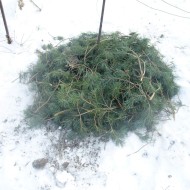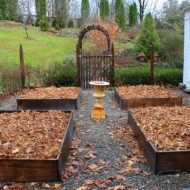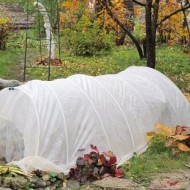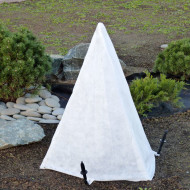How is Astilba thoroughly prepared for winter
Content
Autumn procedures
By its nature, the astilba ornamental shrub is distinguished by its hardiness and frost resistance, so the plant can be cultivated in various climatic zones. In order for a perennial to overwinter successfully, you need to know how to properly prepare it for wintering. According to experienced gardeners, there is no single scheme for the preparation and insulation of ornamental plants. The shelter of an astilbe for the winter in the Moscow region, Krasnodar, the Volga region or in the Urals has significant differences.

So, the preparation of a perennial for the upcoming cold weather begins in early autumn. First, the territory of the garden plot is removed from branches broken by the wind, fallen leaves, dry tops and other vegetation. Dry leaves and tops can be sent to a humus composter. Removing weeds, loosening the soil in the near-trunk circle and water-charging irrigation provide the necessary oxygen access to the roots of plants growing in the garden.
Video: "Technology of autumn pruning of astilba"
In this video, you will learn how to prepare and insulate a perennial shrub for the winter.
Pruning
Autumn is the time for pruning ornamental shrubs. At the same time, the timing of pruning depends on the cultivated perennial variety and the zone of its cultivation. Early varieties of astilba bloom at the very beginning of summer, late ones - closer to the end of the growing season. In the southern regions, the pruning procedure falls in late October or early November, in the northern regions - in the last decade of September.
At the end of flowering, dry flower stalks remain on the shrub. Some novice gardeners are wondering if the dried flowers need to be pruned or if they can be left until spring. The presence of dry twigs does not prevent the plant from growing and developing, but the ornamental culture loses its attractiveness. Removing dried flowers allows you to more accurately and competently insulate the shrub for the winter. In order for the astilba bush to be insulated for the winter, it is necessary to cut off old shoots damaged by wind and harmful insects, as well as remove dry inflorescences. You need to cut the shoots of astilba almost at the very root. The distance from the cut to mature wood should be at least 2-3 cm.
Mulching
Immediately after the sanitary pruning of the crown, mulching of the root system and young shoots is carried out. Young shrubs are insulated with peat, sawdust, tree bark, straw, small spruce twigs, hay, dry soil and sand. To mulch the soil in the near-trunk circle, you can use scraps of covering material and pieces of cardboard. Perennials from 1 to 5 years old are covered with a layer of mulch 5-7 cm high.
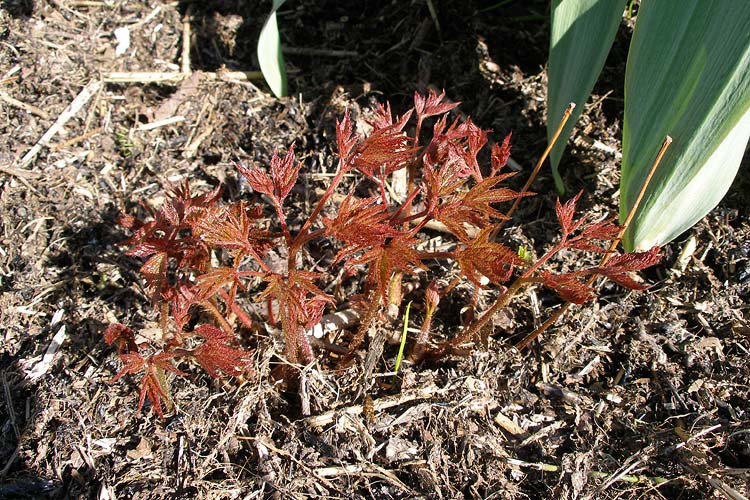
Plants aged 5 years and older, the root system of which has grown so much that it began to make its way up, need more careful shelter. The height of the mulching layer should be at least 20–25 cm. From above, the shrubs are covered with pine spruce branches or non-woven covering material.
Fertilizer
Astilba refers to plants that are unpretentious to growing conditions, however, feeding with potassium-phosphorus fertilizers helps to strengthen the root system of the perennial. With the arrival of autumn, it is recommended to abandon nitrogen-containing fertilizers, which give increased growth and development of ornamental plants.
Closer to the middle of autumn, adult shrubs are fed with organic matter. Organic fertilizers decompose very slowly. Accordingly, astilba will begin to use them as an additional source of power only with the onset of spring heat.
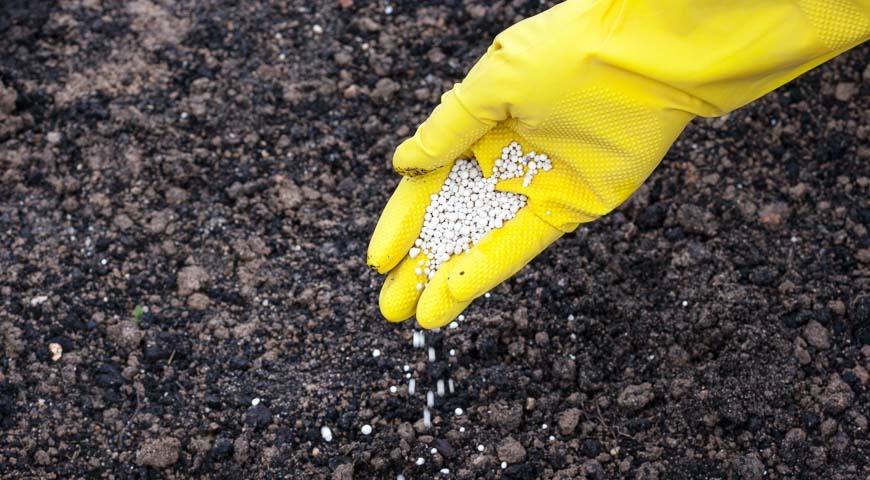
Winter shelter
Now let's figure out whether you need to cover astilbe for the winter. Perennial shrub is highly frost-resistant. Therefore, in regions where there is a lot of snow and there are no severe frosts, no special shelter is required for this decorative culture. According to the recommendations of experienced gardeners, the shrub should be mulched with peat, tree bark and sawdust, hay, straw, dry foliage and soil. The mulching layer should completely cover the perennial root system and its shoots, the length of which, after pruning, reaches only 5-10 cm.
Plants aged 5 years and older are additionally insulated with pine spruce branches, lutrasil, agrofibre, geotextile fabric and other non-woven covering materials. This procedure is necessary in order to prevent the freezing of the rhizome protruding above the ground, as well as to protect the plants from glaciation during an unforeseen thaw. In severe frosts, it is recommended to make an additional fence-frame of wooden boards, inside which you can pour dry earth and foliage fallen from the trees.
Regional distinctive features
The technology of preparation and shelter for the winter of fruit and ornamental crops depends on the characteristics of the climatic zone. If you do not properly prepare for wintering, you can destroy the plants growing in the garden with your own hands.
Astilbe bushes growing in the south of the country do not need to be covered. The mild and warm winter, which is typical for the Crimea, Kuban, Stavropol Territory, Adygea and Krasnodar Territory, is not terrible for astilba. In order for an ornamental perennial shrub to successfully overwinter, you need to properly mulch its rhizome and cut off shoots.
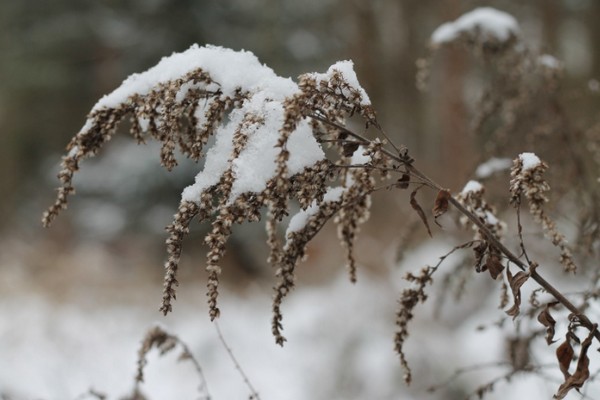
The middle zone of Russia is distinguished by sharp temperature drops. An unexpected thaw can be replaced by a sharp cold snap and severe frosts. The water accumulated in the ground freezes, which leads to glaciation of the astilba root. Ornamental shrubs cultivated in the Moscow region and other central regions of the country are insulated with any non-woven material.
As for the Urals, Siberia and other northern regions, it is recommended to additionally insulate the astilba bushes with pine spruce branches, slate or roofing material. Make sure that moisture does not begin to collect inside the protective structure, otherwise the plants may die.
Common mistakes
Due to their inexperience, novice gardeners often make typical mistakes when preparing plants for wintering. So, covering astilba with plastic wrap can lead to the appearance of mold and fungal spores on the rhizome of the shrub. To avoid the death of a decorative perennial, you should choose the right covering material.
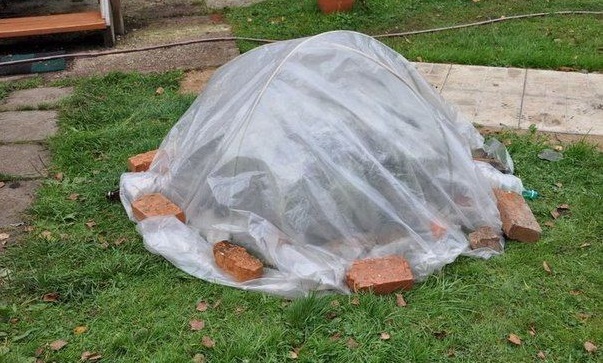
If it was not possible to find an alternative to polyethylene, it is recommended to make small holes in the film, which will act as special dies for air exchange.
Incorrectly chosen fertilizers and violation of the technology of their introduction into the soil lead to wilting of the plant. Too late or, conversely, early pruning of shoots and dry inflorescences is one of the main reasons for astilba freezing in winter. The plant, weakened after pruning, does not have time to get stronger and gain strength before the first frost.

